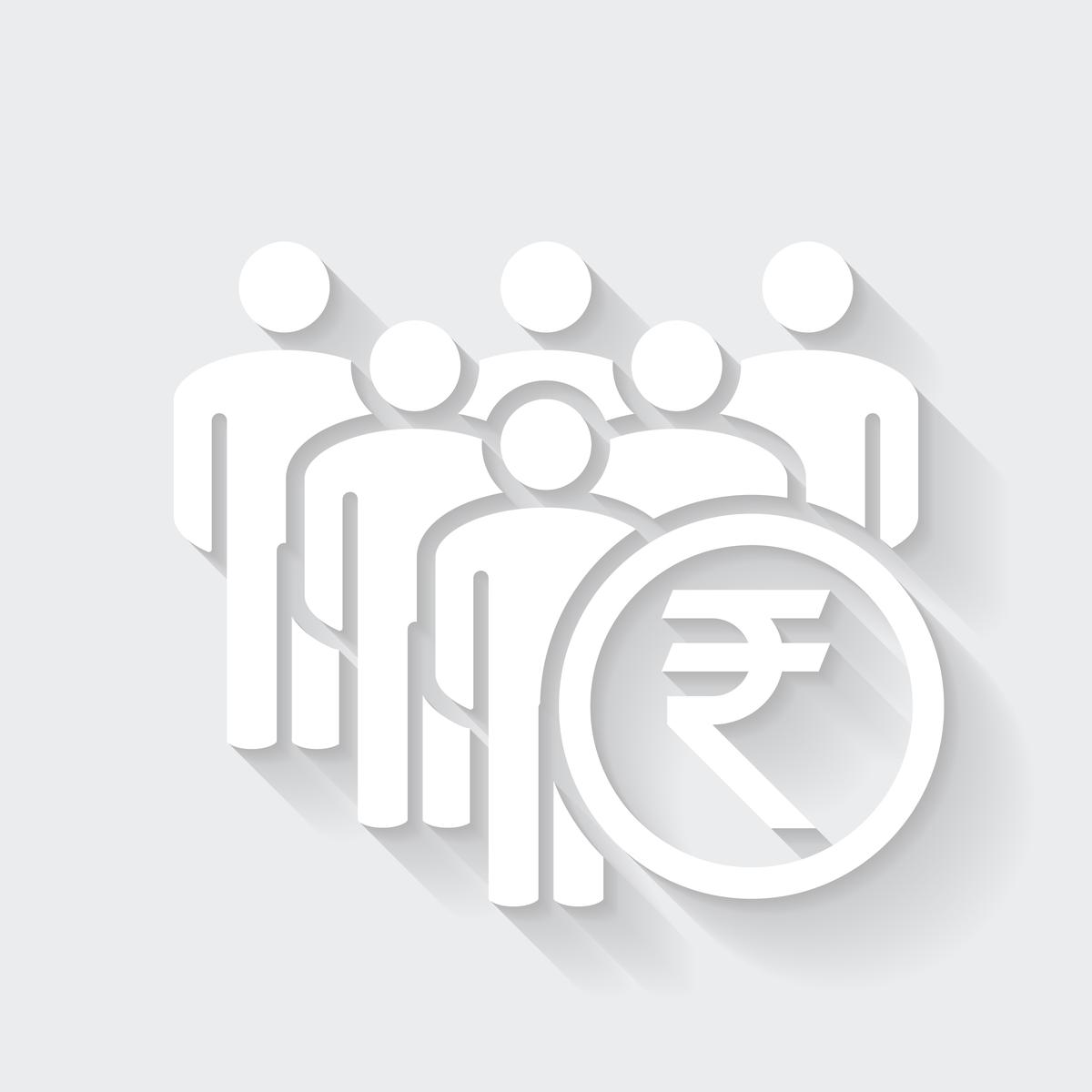
Recovery analysis that points out what India got wrong
The Hindu
Being fiscally conservative resulted in a rise in extreme poverty, with there being no signs of any course correction
A recent World Bank report, titled “Correcting Course”, captures the impact of the COVID-19 pandemic on global poverty. The number of people living in extreme poverty rose by seven crore million in 2020, as the global poverty rate rose from 8.4% in 2019 to 9.3% in 2020. This is the first time in two decades that the poverty rate has gone up. Global inequalities have widened, evident in the relative impacts felt on incomes in the richest countries as opposed to the poorest; and, unsurprisingly, economic recovery has been similarly uneven.
The report focuses on fiscal policy as an instrument for governments in dealing with crises such as the pandemic. Poorer countries were unable to use fiscal policy as effectively, and thus unable to offset the impact of the pandemic to a much lesser degree than richer countries. The report identifies three priorities for fiscal policy for governments to aid with post-pandemic recovery: Targeted subsidies that benefit the poor; public investment to build resilience in the long term; and revenue mobilisation that should rely on progressive direct taxation rather than indirect taxes.
The focus on fiscal policy has merit. A recent ODI paper, “Fiscal policy and income inequality: The role of taxes and social spending”, aggregates evidence on social spending and taxes from across the world and comes to a similar conclusion regarding the importance of fiscal policy in post-pandemic recovery.
So how did India fare? And how does our policy response stack up, given the lessons identified in the reports mentioned above? India’s economy continues to be sluggish in 2022, and one should look back at the policy choices that were made back in 2020. The World Bank report relies on the Consumer Pyramids Household Survey (CPHS) by the Centre for Monitoring Indian Economy (CMIE), in the absence of official poverty data since 2011. By their estimate, 5.6 crore people are likely to have slipped into poverty as India’s GDP fell by 7.5% in FY2020-21. The population below poverty line in India stood at 10% in 2020.
Refusal to provide a fiscal stimulus to consumption — the Government announced a fiscal stimulus worth ₹2 lakh crore, or 1% of GDP. However, only a small fraction therein reflected incremental spending. The minor increase to the Mahatma Gandhi National Rural Employment Guarantee Act (MGNREGA) wage by ₹20 per day was a long-pending correction and quite inadequate to say the least. The majority of India’s stimulus package took the form of credit lines and refinancing schemes to private enterprises, which are an inefficient mechanism to realise the goal of putting money in the hands of people to boost household-level consumption.
The only saving grace was the announcement that 80 crore people in India would get food aid through the Pradhan Mantri Garib Kalyan Ann Yojana (PMGKAY), a scheme that continues mainly because of the undeniable household-level distress. PMGKAY is currently estimated to cost about ₹3.90 lakh crore. Started in April 2020, it has been extended till the upcoming Assembly elections are over. However, India ranked 107th out of 121 countries in the 2022 Global Hunger Index, demonstrating that food aid is not a long-term solution, and certainly does not solve the problem of chronic malnutrition.
Then there are befuddling tax policies. Through the pandemic and beyond, India persisted with the reduced corporate tax rate that had been announced in September 2019. The reduction of corporate tax from 30% to 22% cost the exchequer ₹1.84 lakh crore over the last two fiscal years, according to the Parliamentary Committee on Estimates. At the same time, corporate profits soared, as reported by the CMIE. Through all of this, and in spite of the World Inequality Report terming India as a ‘poor and very unequal country’, India has refused to reintroduce wealth tax, or indeed, an inheritance tax. India has repeatedly increased the rates on a wide range of products covered by the Goods and Services Tax as well as increased the prices of cooking and transport fuels. While indirect taxes may help prop up public finances, they place a disproportionate burden on the poor.











